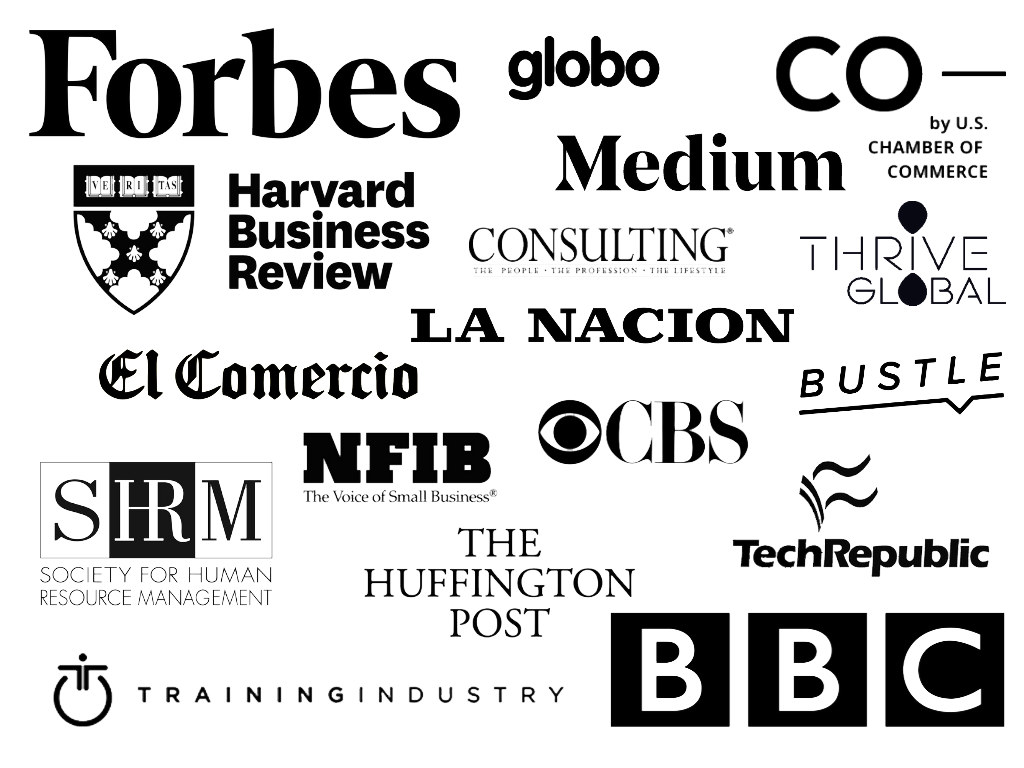Conversational AI data collection and platform development
Client Overview
Our client, a leading technology company specializing in conversational AI solutions, sought to expand their existing product to support conversations in several new languages. The goal was to ensure seamless communication for a global user base and enhance the capabilities of their product.
Challenges
The primary challenges faced by our client included the need to:
- Source and onboard a large team of native language experts proficient in several languages.
- Create a custom platform to collect audio data tailored to their specific requirements.
- Generate a substantial and high-quality dataset in each of the new languages for training and improving their conversational AI.
Services Provided
To address these challenges and help our client achieve their objectives, we provided the following services:
- Native Language Expert Sourcing and Training: We rapidly sourced and onboarded a team of over 300 native language experts. This diverse team was essential to ensuring the authenticity and fluency of the conversations in each language.
- Custom Audio Data Collection Platform Development: We designed and developed a custom data collection platform tailored to our client's specific needs. This platform allowed for the efficient gathering of audio data, including natural conversations and interactions in the target languages. The platform was designed to be user-friendly, ensuring seamless data collection by the native language experts.
- Data Collection and Curation: Leveraging our extensive network of language experts and the custom platform, we embarked on a data collection process. This involved collecting a substantial amount of audio data in each of the target languages. The collected data was meticulously curated to ensure its quality and relevance for training the conversational AI system.
Results
Our comprehensive approach to expanding the client's conversational AI to several languages yielded significant results:
- The client successfully integrated support for conversations in the new languages, enabling them to cater to a more diverse user base.
- The custom data collection platform streamlined the process of gathering audio data, saving time and resources while ensuring data quality.
- The curated dataset provided a solid foundation for training and improving the conversational AI system's language capabilities in the new languages.
Overall, our services helped the client achieve their goal of expanding their product's language support and enhancing its global reach. With our assistance, they were able to offer a more inclusive and effective conversational AI solution to users worldwide

















